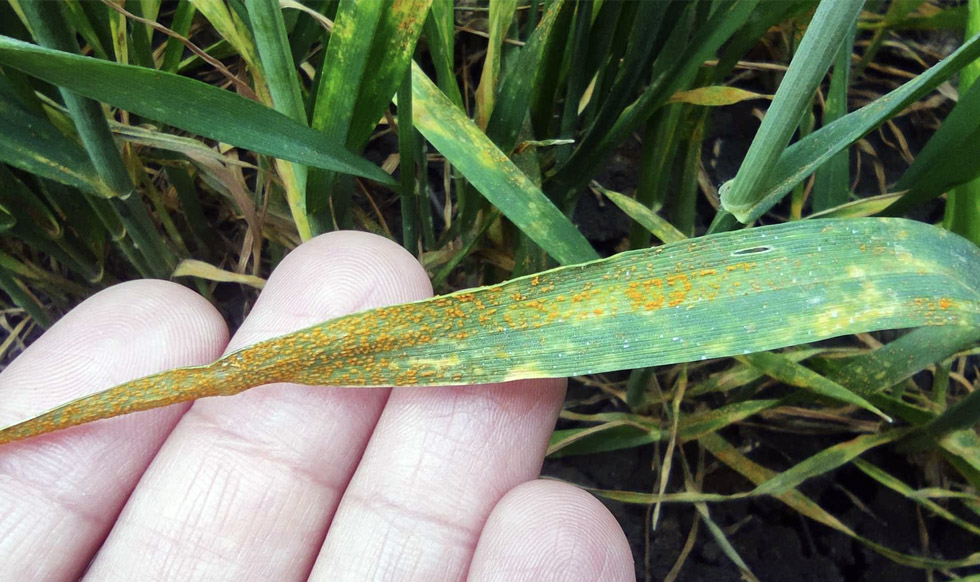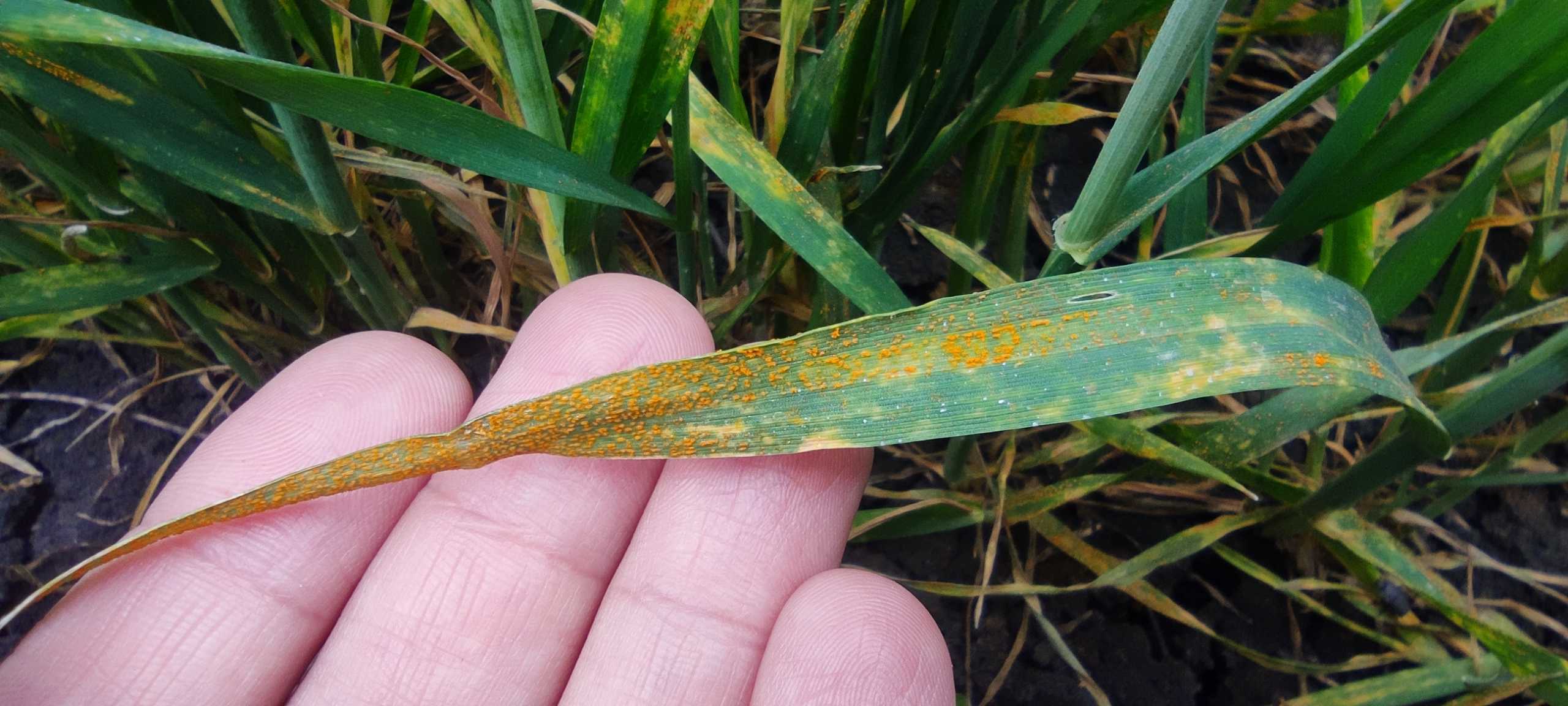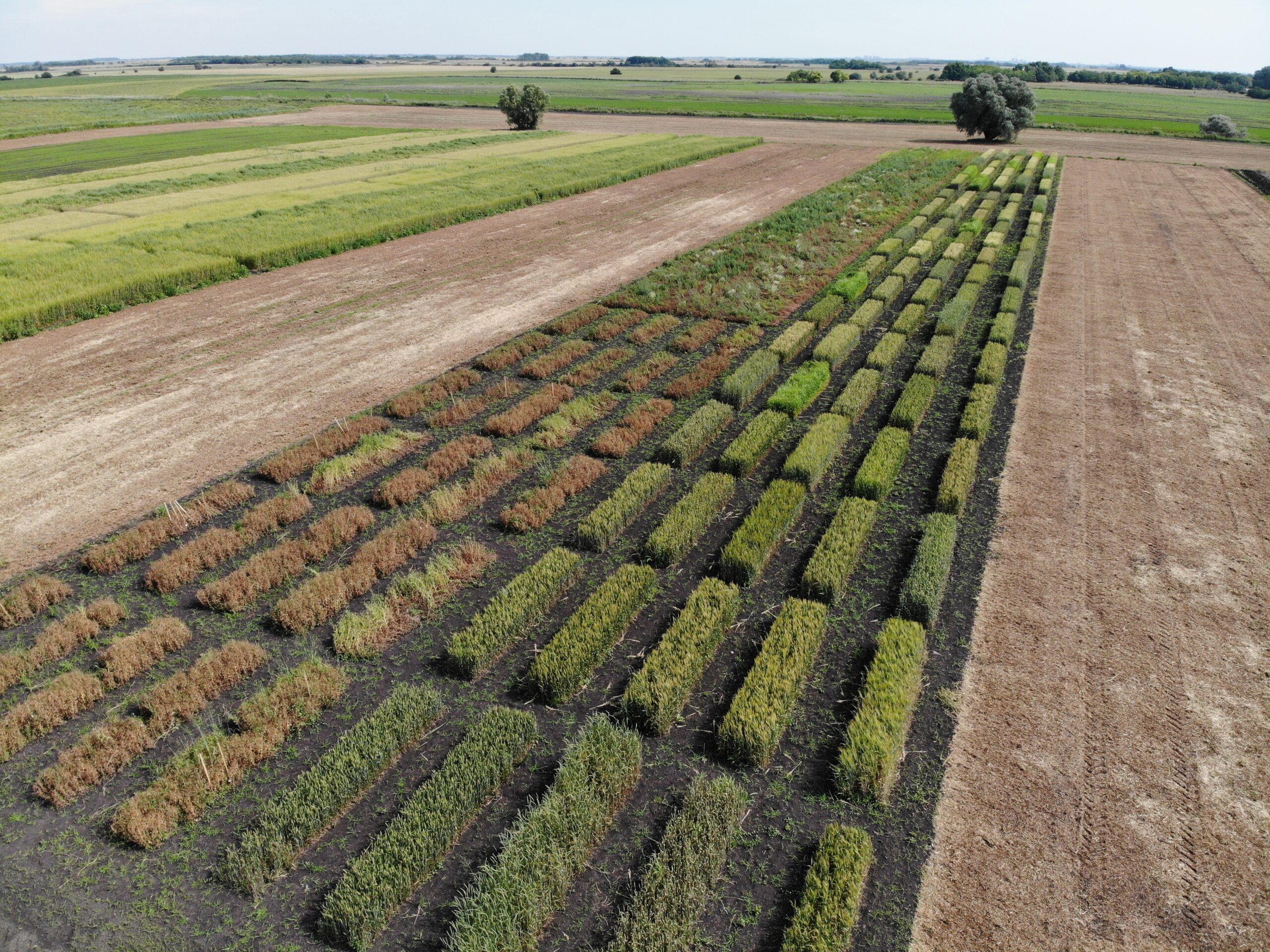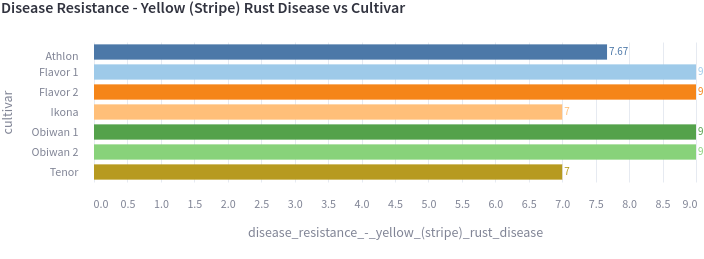Njamito Goes Fairtrade for Cocoa and Vanilla
March 31, 2025Njamito is now Fairtrade certified for cocoa and vanilla! Here’s what that means for farmers, the planet, and the values behind our meal-in-a-bottle.
Read articleYellow stripe rust can kill all your wheat. Luckily, some wheat varieties are more tolerant than others. And we know which ones.

Serbian farmers will remember 2023 as the year when yellow stripe rust disease (Žuta rđa in Serbian) endangered their wheat crops.

Yellow stripe rust disease can be recognized by the parallel strips of yellow-orange pustules on the leaves of mature plants. The disease initially affects individual plants, often in the fall, leading to the formation of infected plant clusters by early spring, and then rapidly spreading to entire fields and changing their color from bluish-green to yellow.

Yellow rust is a disease that can harm the amount and quality of wheat grains. If it shows up early, it can completely wipe out the wheat harvest for certain types of wheat.
Usually, it leads to yield losses ranging from 10% to 70%, depending on the wheat variety, when the infection happens, how far the disease has spread, and how long it sticks around.
Farmers can employ various strategies to protect their wheat crops against the damaging effects of yellow stripe rust disease:
These strategies help farmers safeguard their wheat crops from yellow stripe rust, ensuring healthier yields and better quality grains.
We decided to run a screening trial to find the most tolerant wheat variety to select varieties that can grow in organic production environments without the need for chemical corrections.
What did we do?

We used Cultivar Ranker – an app that helps you visualize and pick the best variety for your use cases, to determine which varieties were most tolerant to yellow stripe rust.

This helped us identify many varieties that showed a genetic tolerance to yellow stripe rust, including Flavor, Obiwan, Tenor, etc.
A wheat variety can be tolerant to yellow stripe rust, but not to another disease (Powdery mildew, Fusarium head blight, etc.) or it can show disease tolerance, but produce insufficient yields or seed proteins.
This is why in every screening research we do, we compare the target metric (in this case a tolerance to yellow stripe rust) to 30+ metrics that indicate successful growth (yield, seed protein content, abiotic tolerance, weed competition, etc.). To find the best trade-offs across all the different metrics.
Are you curious about how our crop selection team runs screening experiments? Stay tuned to find out what we learned in our wheat screening trials.
Njamito is now Fairtrade certified for cocoa and vanilla! Here’s what that means for farmers, the planet, and the values behind our meal-in-a-bottle.
Read articleIdealism met reality as we launched our meal-in-a-bottle, Njamito. After 100.000 bottles sold, here’s what we learned about organic food and market adaptation.
Read articleWith organic seeds in short supply, we launched our own organic seed production journey to secure sustainable farming practices.
Read article